-
Troppo Plant & Garden Articles
- Te Puke Region
- TROPPO’s Food Forest in Te Puke, BOP (www,foodforest.org.nz)
- Troppo’s Plant Collection
- TROPPO's Nursery Directory
- Food Forests of New Zealand (www.foodforests.nz)
- Nursery Map - Plant Suppliers of NZ Directory (www.nurserymap.nz)
- Kids Garden Corner
- New Zealand Garden Bird Survey
- New Zealand Garden Groups
- Delicious Recipes
What’s a Minibeast? The Tiny Titans of the Backyard!

Hey there, fellow explorers of the great outdoors! 🌿 Ever found yourself peering into the grass, only to be greeted by a tiny, scurrying creature and wondered, “What on earth is that?” Well, my friend, you’ve just encountered a minibeast! But what exactly is a minibeast, and why are they so fascinating? Let’s dive into the miniature world of these incredible critters and find out!
Minibeasts: The Micro Marvels
First things first: what is a minibeast? Minibeasts are small invertebrates – animals without backbones – that we often find creeping, crawling, and buzzing around our gardens, forests, and parks. They come in all shapes and sizes, from the industrious ants to the mesmerizing butterflies, and each one plays a unique role in our ecosystem. Think of them as the unsung heroes of the natural world!
Who’s Who in the Minibeast World?
The term “minibeast” covers a wide variety of creatures. Here are some of the usual suspects you might encounter on your minibeast safari:
- Insects: The largest group of minibeasts, including beetles, butterflies, ants, and bees. They have six legs, three body parts (head, thorax, and abdomen), and usually, a pair of wings. 🐞
- Arachnids: Spiders, scorpions, and ticks belong here. They have eight legs and two main body parts (cephalothorax and abdomen). Spooky but fascinating! 🕷️
- Myriapods: Millipedes and centipedes fall into this category. They have many legs (sometimes too many to count!), and their segmented bodies make them look like tiny trains. 🚂
- Mollusks: Snails and slugs are the slimy minibeasts of this group. They might not be the fastest movers, but they’ve got the slime game down to an art! 🐌
- Crustaceans: While we often think of crabs and lobsters as sea creatures, some, like woodlice, are landlubbers. They have segmented bodies and multiple legs, making them look like little armadillos. 🦀
Why Minibeasts Matter
You might think, “They’re tiny! How important can they be?” Well, minibeasts are crucial for a healthy environment. Here’s why:
- Pollination: Bees, butterflies, and other insects help pollinate plants, which is essential for the production of fruits, vegetables, and flowers. Without them, our gardens would be pretty dull (and hungry!). 🌸
- Decomposition: Minibeasts like beetles, worms, and woodlice help break down dead plants and animals, recycling nutrients back into the soil. They’re nature’s cleanup crew! 🍂
- Food Source: Many animals, including birds, frogs, and small mammals, rely on minibeasts as a vital part of their diet. No minibeasts, no dinner for a lot of creatures! 🦉
- Soil Aeration: Earthworms are fantastic at aerating the soil, which helps plants grow better. Their tunneling creates pathways for air, water, and nutrients to reach plant roots. 🌱
How to Find Minibeasts
Ready to embark on a minibeast adventure? Here’s where to look:
- Under Rocks and Logs: Lift up a rock or a log, and you might find beetles, ants, or woodlice scurrying about.
- In the Soil: Dig a little in your garden, and you’re likely to uncover earthworms and other burrowing creatures.
- On Plants: Look on leaves, stems, and flowers for caterpillars, butterflies, and aphids.
- In Water: Ponds and streams are great places to find water beetles, dragonfly nymphs, and other aquatic minibeasts.
Be a Minibeast Protector
While minibeasts might be small, they’re mighty important. Here’s how you can help protect them:
- Create a Bug Hotel: Build a cozy shelter with twigs, leaves, and other natural materials to provide a safe home for minibeasts.
- Plant a Variety of Flowers: A diverse garden attracts a range of pollinators and other beneficial insects.
- Avoid Pesticides: Chemicals can harm minibeasts. Opt for natural pest control methods instead.
- Leave Some Leaf Litter: Fallen leaves and decaying plants are perfect habitats for many minibeasts.
So next time you’re out and about, take a moment to appreciate the tiny titans underfoot. They may be small, but they play a big role in keeping our world buzzing, crawling, and thriving!
Happy exploring, and may your minibeast adventures be filled with wonder and discovery! 🌟

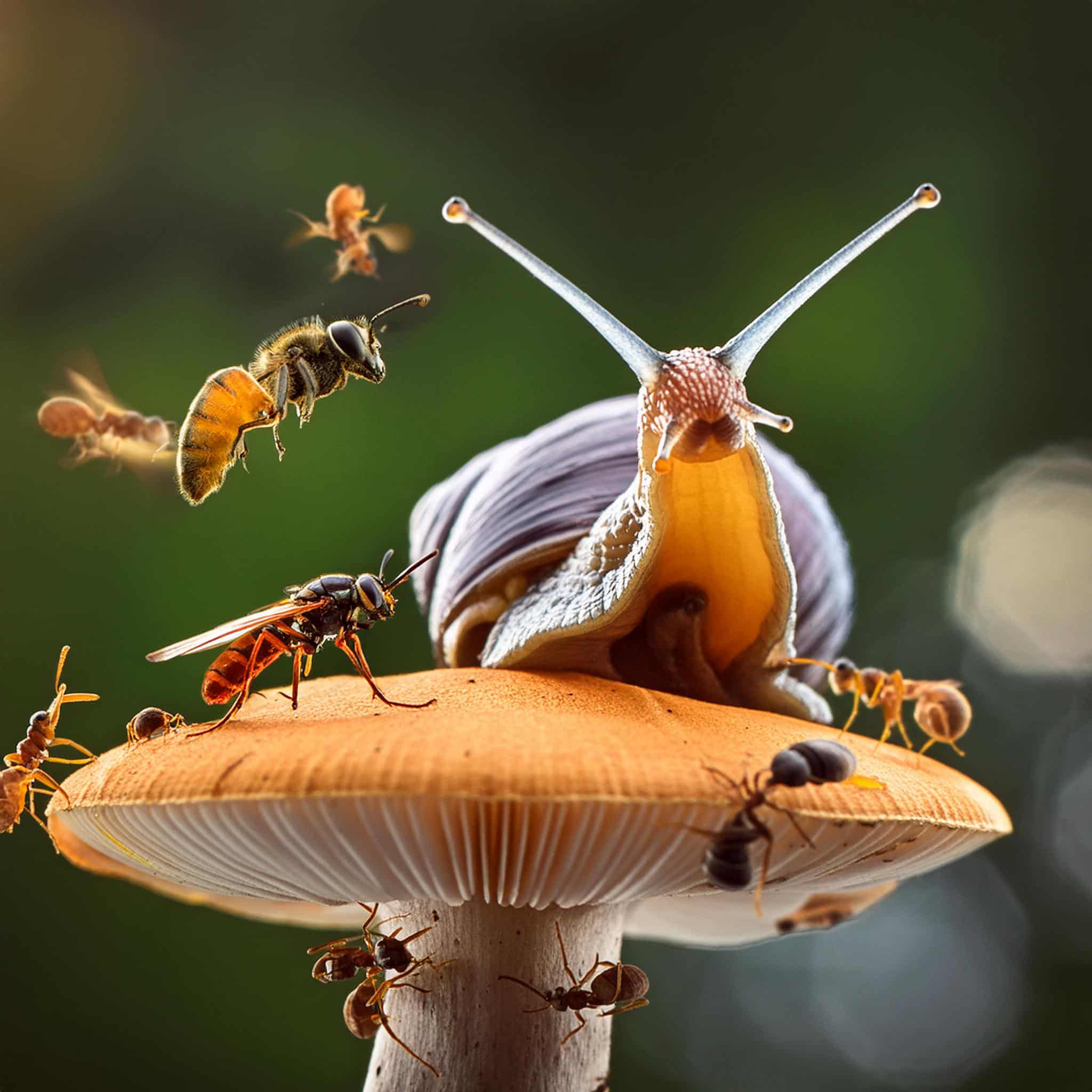


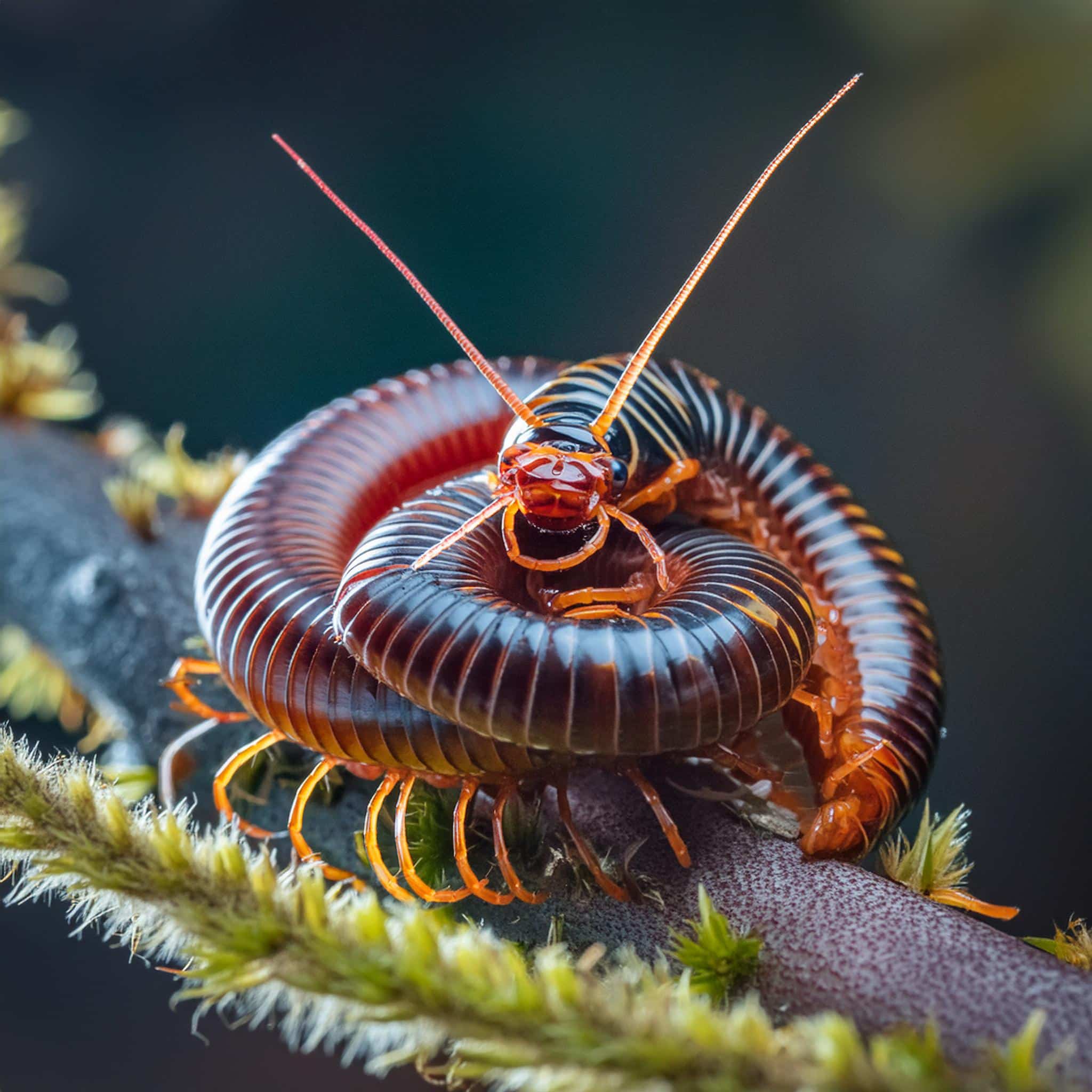

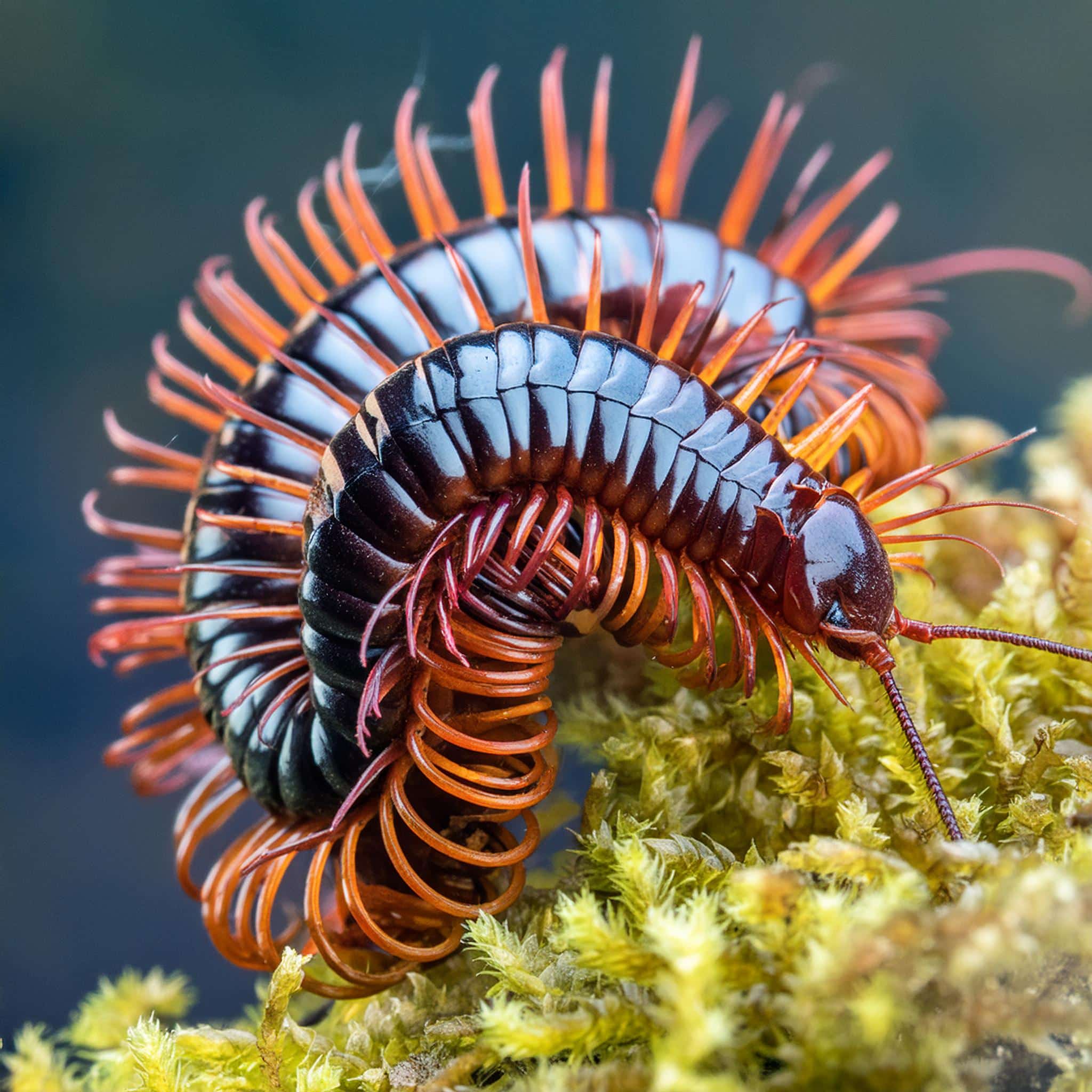
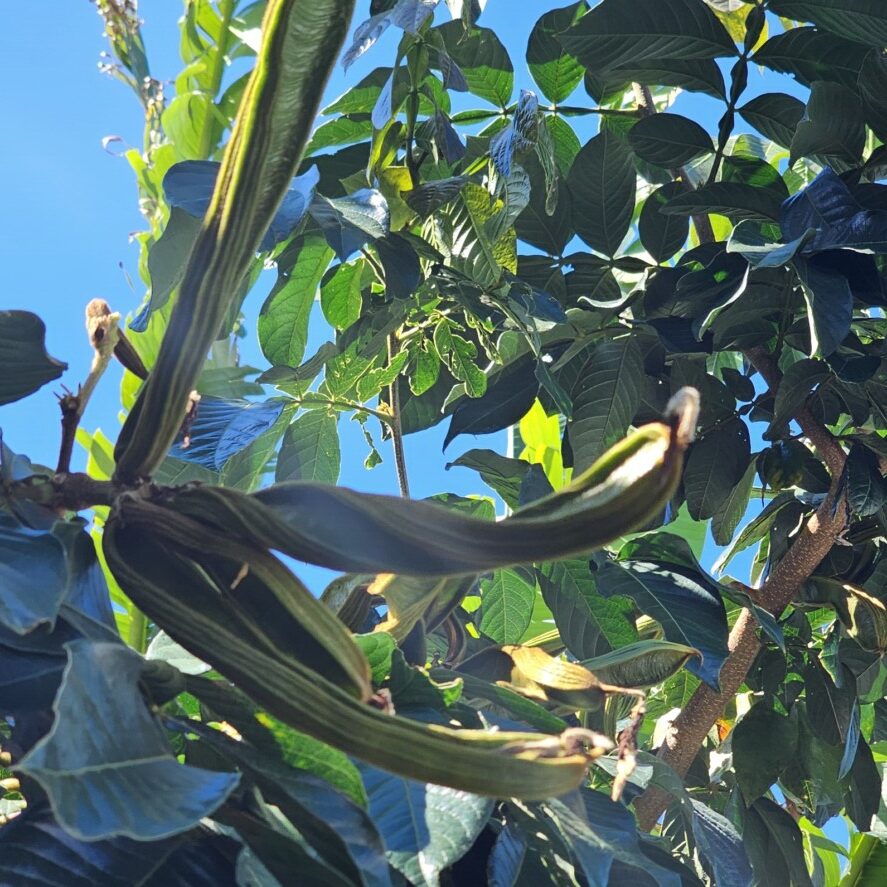
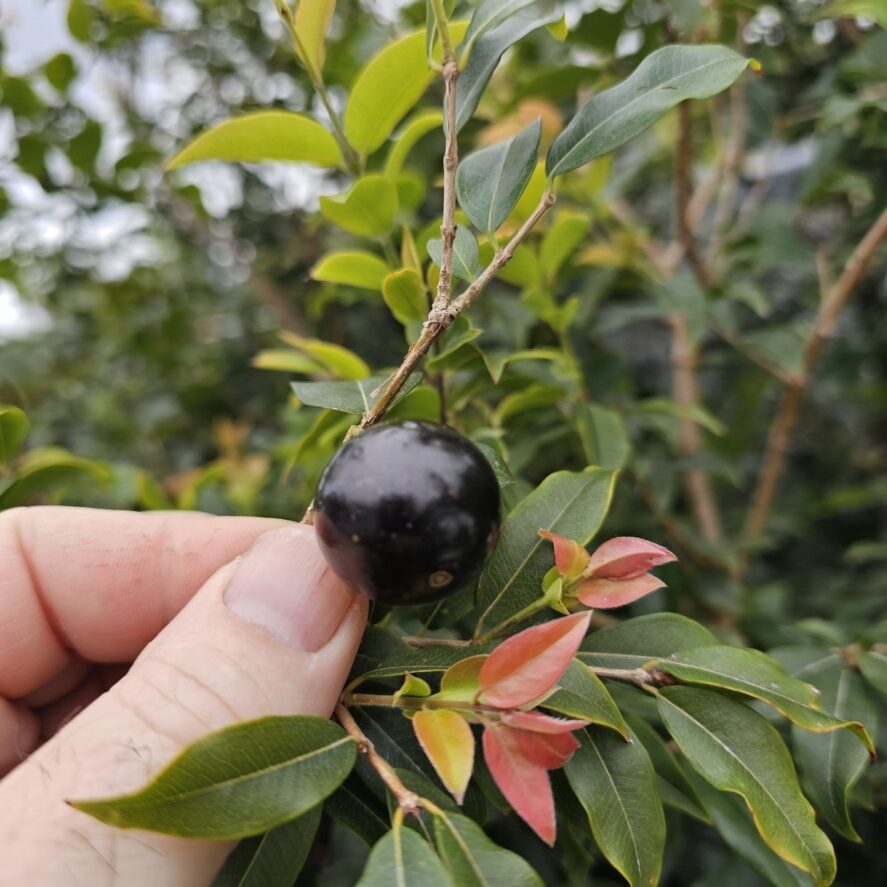

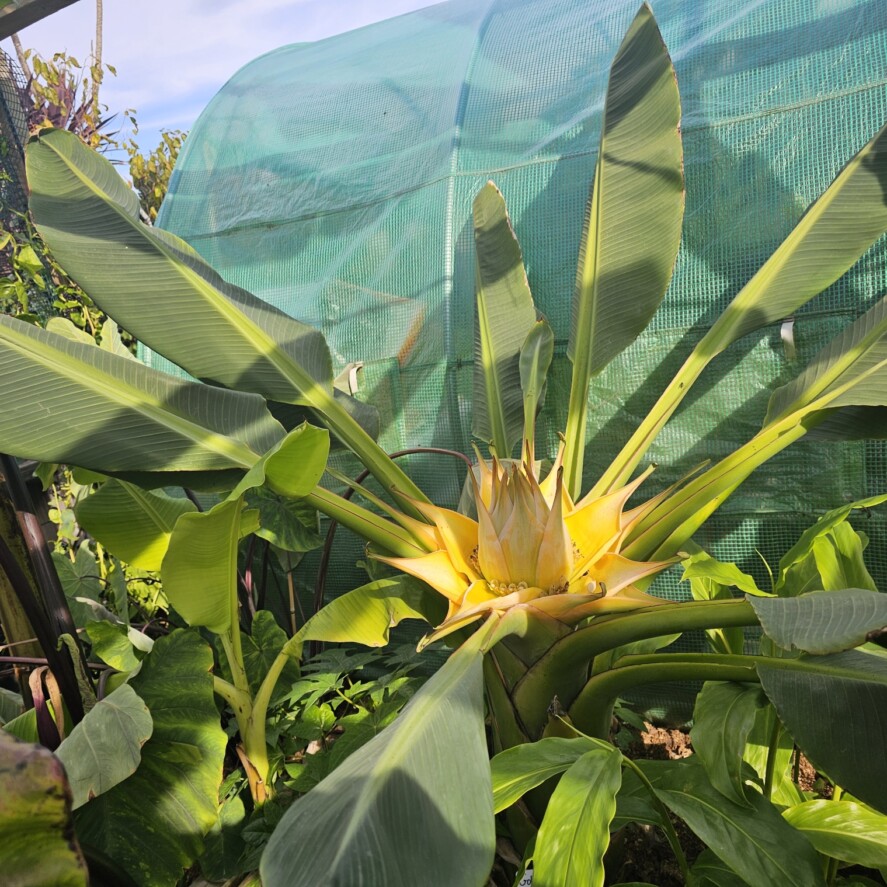

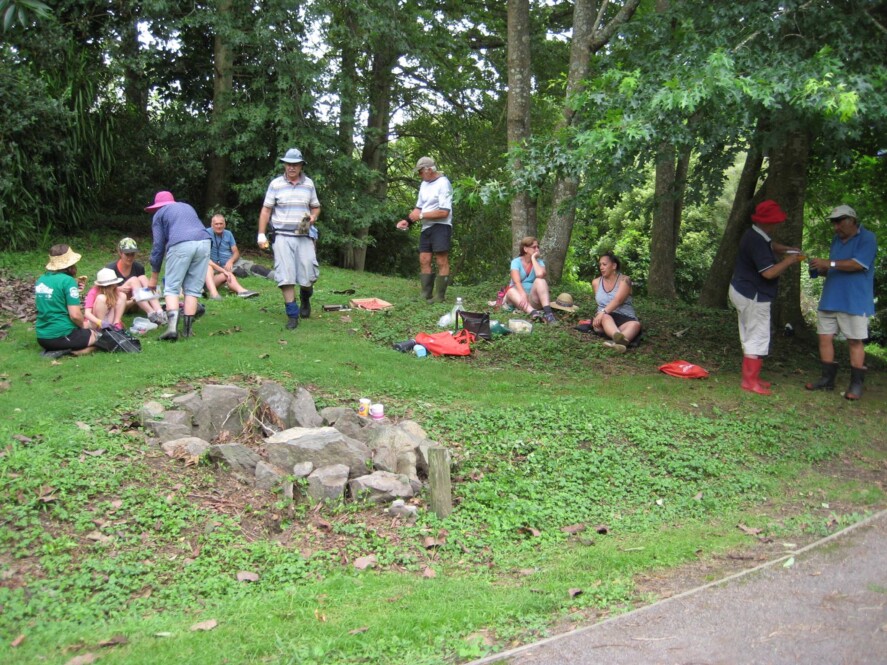



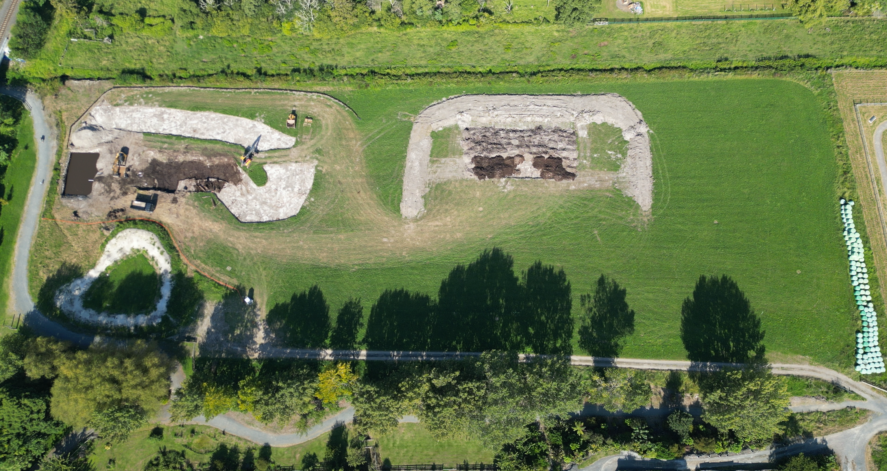




This article provides a great overview of minibeasts. It’s fascinating to learn how these tiny creatures are essential to our ecosystem.
The section on protecting minibeasts is informative. Building a bug hotel sounds like a fun project.
The tips on how to find minibeasts are useful. I might try looking under rocks and logs in my garden.
Interesting read! I will definitely consider planting a variety of flowers to attract more beneficial insects to my garden.
I never realized how important minibeasts are for pollination and soil health. The breakdown of different types is very helpful.